What is Stainless Steel?
Stainless steel is a versatile and durable metal known for its resistance to corrosion and staining. It is an alloy composed primarily of iron, carbon, and chromium, with the latter providing its signature resistance to rust and tarnish. This makes stainless steel a popular choice for various applications, including jewelry.
Composition of Stainless Steel Jewelry
Stainless steel jewelry typically contains a mix of metals, including iron, chromium, nickel, and sometimes molybdenum. The chromium content, usually around 10.5% or more, forms a thin layer of oxide on the surface, preventing rust and tarnish. Nickel is often added to enhance the metal’s strength and luster, although hypoallergenic options are available for those with sensitivities.
- Iron : Provides the base structure.
- Chromium : Adds corrosion resistance.
- Nickel : Enhances strength and shine.
- Molybdenum : Increases durability (in some grades).
Does Stainless Steel Jewelry Tarnish or Rust
Tarnish Resistance of Stainless Steel
Stainless steel is renowned for its tarnish resistance. Unlike silver, which can tarnish over time due to exposure to air and moisture, stainless steel maintains its shine with minimal maintenance. The chromium in the alloy forms a protective layer that prevents oxidation, keeping the jewelry looking new.
Rust Prevention in Stainless Steel Accessories
Rust is a common concern for metal jewelry, but stainless steel is highly resistant to rust. The chromium content creates a passive layer that shields the metal from moisture and oxygen, the primary culprits of rust. This makes stainless steel an excellent choice for everyday wear, even in humid or wet conditions.
- Chromium Layer : Prevents oxidation.
- Moisture Resistance : Ideal for humid environments.
- Low Maintenance : Requires minimal upkeep to prevent rust.
Factors Affecting Stainless Steel Jewelry Color
Environmental Influences
Environmental factors can impact the appearance of stainless steel jewelry. Prolonged exposure to harsh chemicals, saltwater, or extreme temperatures can affect the metal’s surface. However, under normal conditions, stainless steel remains largely unaffected.
Chemical Reactions and Stainless Steel
Certain chemicals can react with stainless steel, potentially altering its color. For instance, exposure to chlorine or bleach can damage the protective chromium layer, leading to discoloration. It’s essential to avoid contact with harsh chemicals to maintain the jewelry’s original appearance.
- Avoid Harsh Chemicals : Chlorine, bleach, and strong acids.
- Limit Saltwater Exposure : Can affect the metal over time.
- Temperature Extremes : Prolonged exposure can cause changes.
Maintaining the Color of Stainless Steel Jewelry
Proper Cleaning Techniques
To keep stainless steel jewelry looking its best, regular cleaning is essential. Use a mild soap and water solution, and gently scrub with a soft cloth or brush. Avoid abrasive materials that can scratch the surface.
Storage Tips for Preserving Color
Proper storage can also help maintain the color of stainless steel jewelry. Store pieces in a dry, cool place, preferably in a jewelry box or pouch. Keeping jewelry separate can prevent scratches and other damage.
- Mild Soap and Water : For regular cleaning.
- Soft Cloth or Brush : To avoid scratches.
- Dry, Cool Storage : Prevents moisture damage.
- Separate Storage : Avoids scratches and tangling.
Pros and Cons of Stainless Steel Jewelry
Advantages of Stainless Steel Accessories
Stainless steel jewelry offers numerous benefits. It is durable, resistant to tarnish and rust, and hypoallergenic for most people. Additionally, it is affordable and available in various styles and designs.
Potential Drawbacks to Consider
While stainless steel has many advantages, there are some drawbacks. It can be challenging to resize, and some people may experience skin reactions to nickel-containing alloys. Additionally, it may not have the same luxurious appeal as precious metals like gold or platinum.
- Durable and Long-lasting : Ideal for everyday wear.
- Tarnish and Rust Resistant : Low maintenance.
- Hypoallergenic Options : Suitable for sensitive skin.
- Affordable : Budget-friendly.
- Resizing Challenges : Difficult to alter size.
- Nickel Sensitivity : Potential for skin reactions.
- Less Luxurious : Compared to precious metals.
Caring for Your Stainless Steel Jewelry 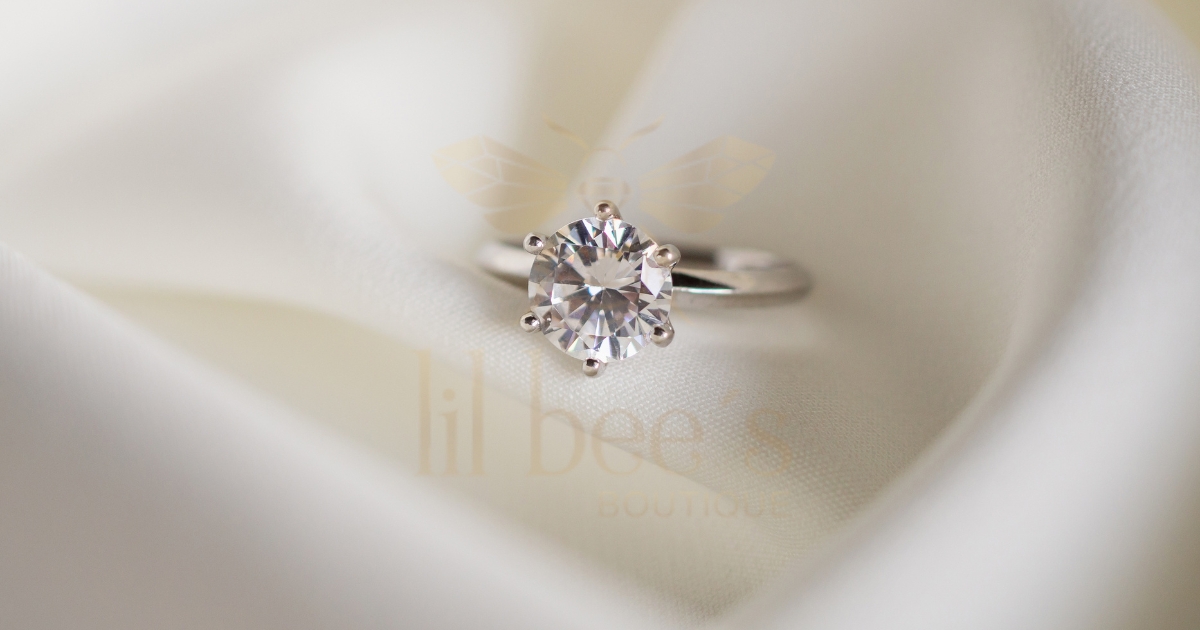
Daily Maintenance Routine
A daily maintenance routine can help keep your stainless steel jewelry in top condition. Wipe the jewelry with a soft cloth after wearing to remove any oils or dirt. Regularly inspect for any signs of damage or wear.
Professional Cleaning Options
For a deeper clean, consider professional cleaning services. Jewelers can use specialized equipment to restore the shine and remove any stubborn dirt or tarnish. This can be particularly useful for intricate designs or heavily worn pieces.
- Soft Cloth Wipe : Daily cleaning.
- Regular Inspections : Check for damage.
- Professional Cleaning : For deep cleaning and restoration.
Styling Stainless Steel Jewelry
Versatile Looks with Stainless Steel
Stainless steel jewelry is incredibly versatile, complementing various styles and outfits. Whether you’re dressing up for a formal event or going casual, stainless steel pieces can add a touch of elegance and sophistication.
Mixing Stainless Steel with Other Metals
Mixing stainless steel with other metals can create unique and stylish looks. Pairing it with gold, silver, or even rose gold can add depth and interest to your jewelry collection. Experiment with different combinations to find your perfect style.
- Elegant and Sophisticated : Suitable for all occasions.
- Mix and Match : Combine with other metals.
- Versatile : Complements various styles.
Choosing the Right Stainless Steel Jewelry
Understanding Stainless Steel Grades
Stainless steel comes in different grades, each with its unique properties. The most common grades for jewelry are 304 and 316L. 316L is often preferred for its higher resistance to corrosion and hypoallergenic properties.
Selecting Pieces for Longevity
When choosing stainless steel jewelry, consider the design and craftsmanship. Look for well-made pieces with secure clasps and smooth finishes. Investing in high-quality pieces can ensure they last for years to come. Trendy stainless bracelets are cool and shiny accessories that many people like to wear Stainless jewelry polish helps make your metal accessories shiny and clean It removes dirt and tarnish from stainless steel jewelry to keep it looking new
Steel jewelry crafters make beautiful accessories using strong metal They shape and polish steel to create unique necklaces rings and bracelets Rust-resistant jewelry components help keep your jewelry looking shiny and new These special parts don’t turn orange or brown when exposed to water or air
Stainless jewelry restoration helps make old and tarnished jewelry look shiny and new again Stainless jewelry sensitivities can cause skin irritation for some people People with
Adventurous steel accessories are cool and tough items made from metal that add excitement to your look They can include things like bold bracelets rugged watches or daring necklaces for people who love adventure Stainless jewelry pricing
- 304 and 316L Grades : Common for jewelry.
- 316L : Higher corrosion resistance.
- Quality Craftsmanship : Ensures longevity.
- Secure Clasps : Prevents loss.
Stainless Steel Jewelry Trends 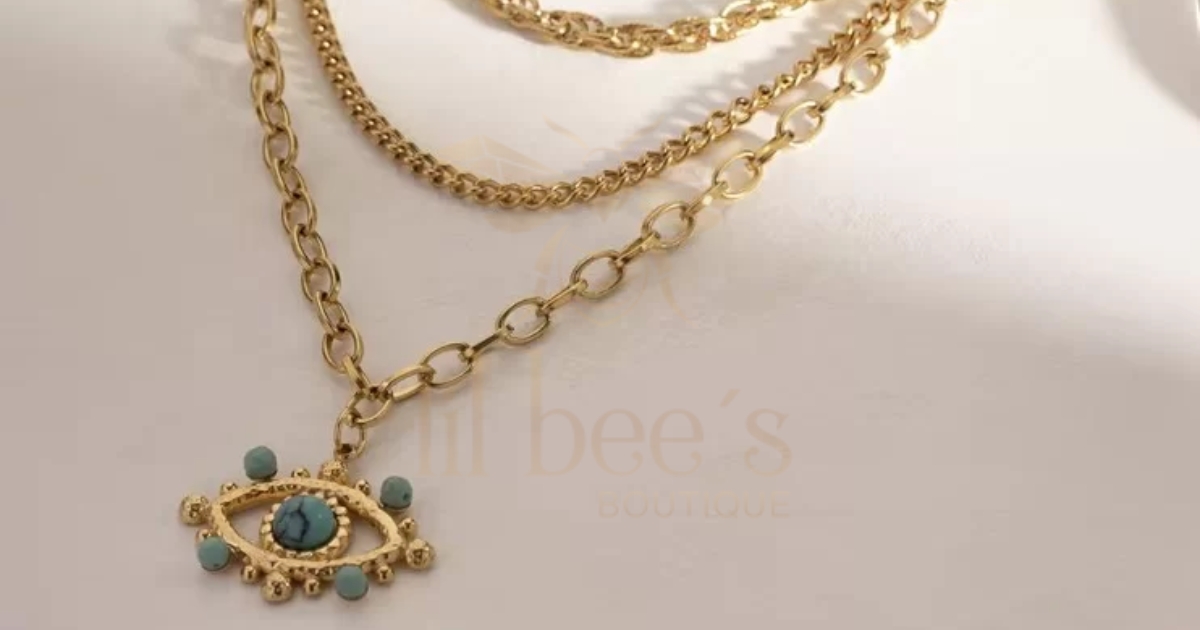
Popular Designs and Styles
Stainless steel jewelry is available in a wide range of designs and styles. From minimalist pieces to bold statement jewelry, there’s something for everyone. Popular trends include geometric shapes, mixed metals, and personalized engravings.
Emerging Trends in Stainless Steel Accessories
Emerging trends in stainless steel jewelry include eco-friendly designs and innovative finishes. Sustainable practices and unique textures are becoming increasingly popular, reflecting a growing interest in environmentally conscious fashion.
- Geometric Shapes : Modern and stylish.
- Mixed Metals : Trendy and versatile.
- Personalized Engravings : Adds a personal touch.
- Eco-friendly Designs : Sustainable fashion.
- Innovative Finishes : Unique textures and looks.
Frequently Asked Questions
Is stainless steel jewelry hypoallergenic
Stainless steel jewelry is generally hypoallergenic, especially grades like 316L, which have lower nickel content. However, some people with severe nickel allergies may still experience reactions. It’s best to choose nickel-free options if you have sensitive skin.
Can stainless steel jewelry be resized
Resizing stainless steel jewelry can be challenging due to its hardness. While some pieces can be adjusted, it’s often more difficult than resizing softer metals like gold or silver. Consult a professional jeweler for advice on resizing specific pieces.
How to tell if jewelry is real stainless steel
To determine if jewelry is real stainless steel, look for markings such as “SS” or “Stainless Steel.” Additionally, genuine stainless steel is non-magnetic, so a magnet test can help verify its authenticity. High-quality stainless steel will also resist tarnish and rust.
How long does stainless steel jewelry last
Stainless steel jewelry can last a lifetime with proper care. Its durability and resistance to tarnish and rust make it a long-lasting option for everyday wear. Regular cleaning and proper storage can further extend its lifespan.
Can you shower with stainless steel jewelry
Yes, you can shower with stainless steel jewelry. Its resistance to water and rust makes it suitable for wearing in the shower. However, it’s best to avoid exposure to harsh soaps and shampoos to maintain its shine.
Is stainless steel jewelry good quality
Stainless steel jewelry is considered good quality due to its durability, resistance to tarnish and rust, and affordability. It offers a practical and stylish alternative to more expensive metals, making it a popular choice for many.

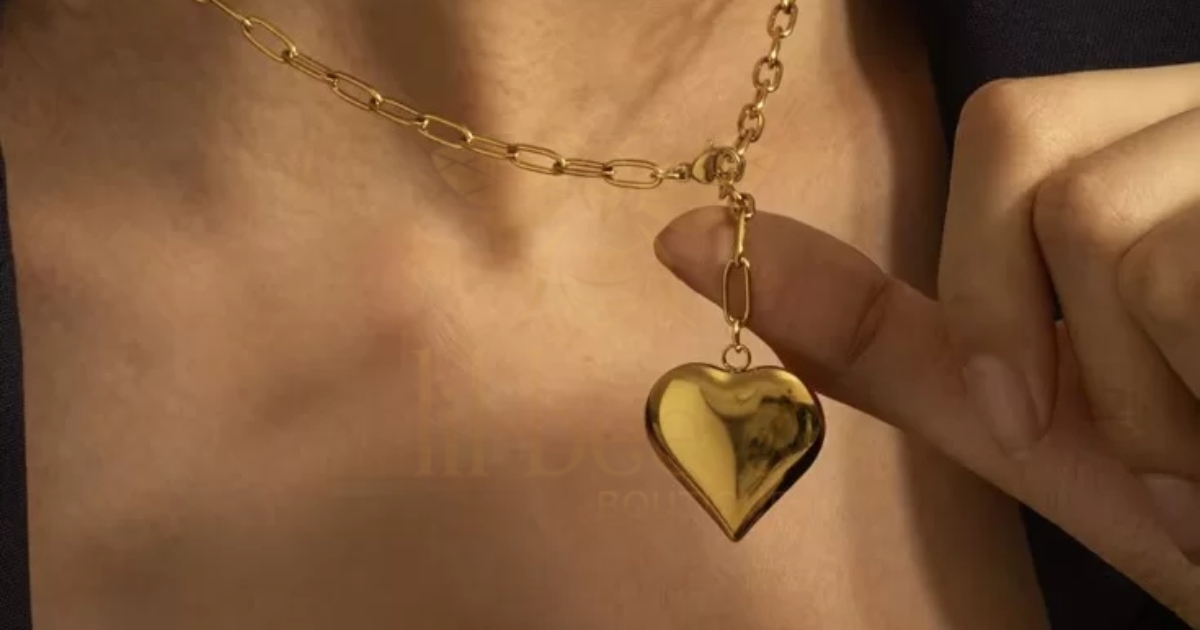
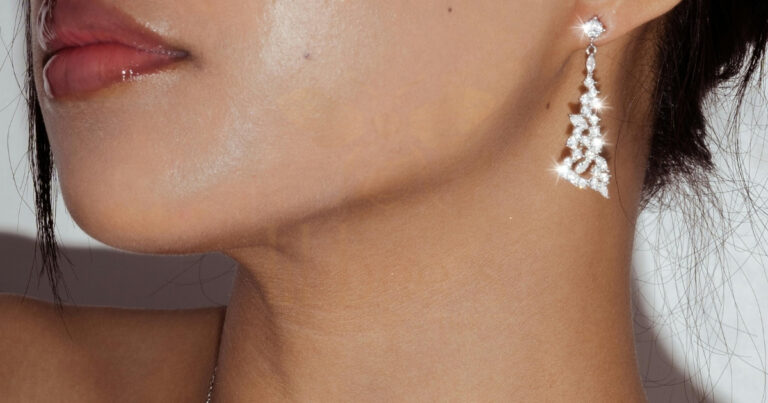
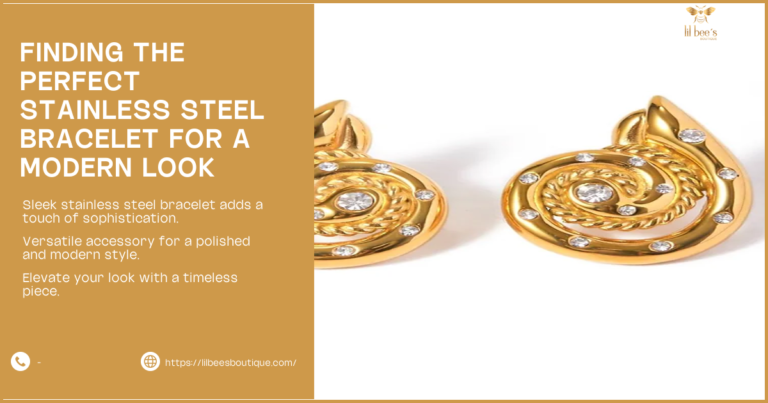
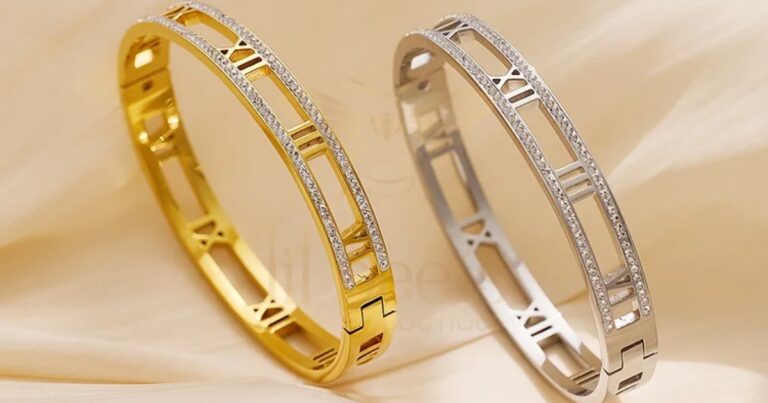
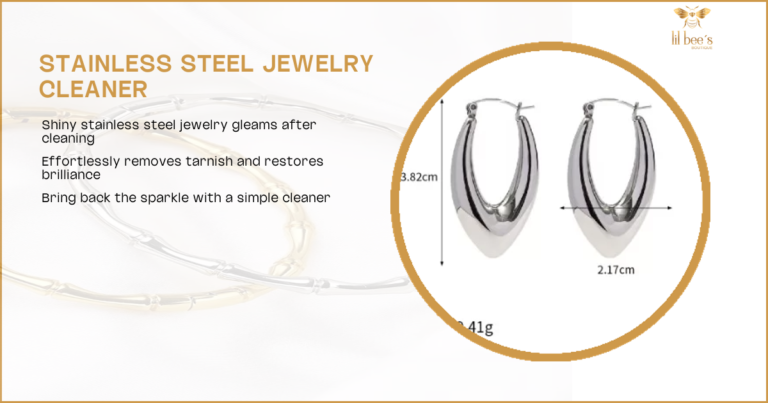
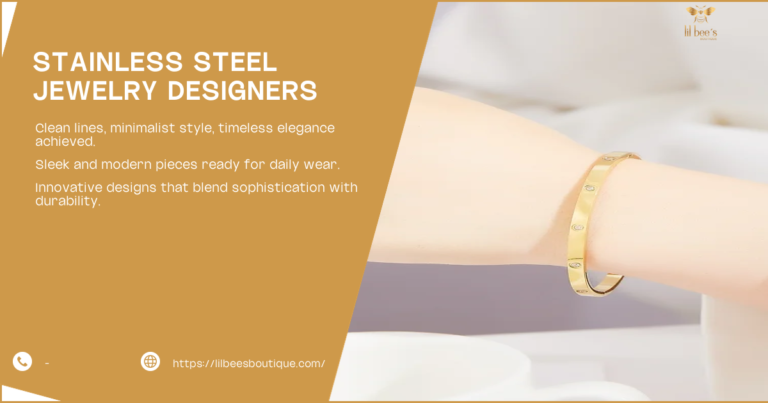
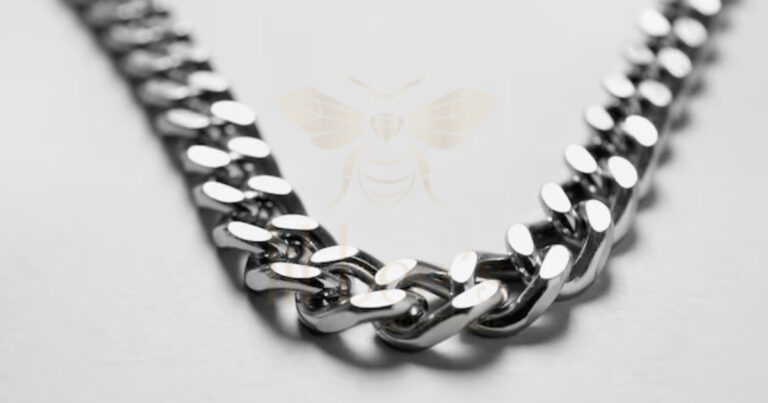
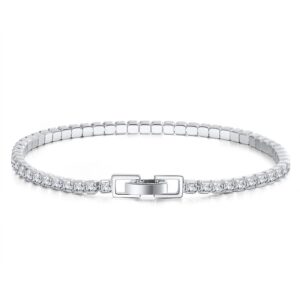 Tennis Square Bracelet
Tennis Square Bracelet 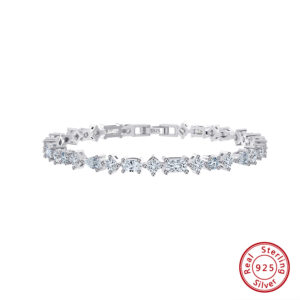 Maya Tennis Bracelet
Maya Tennis Bracelet 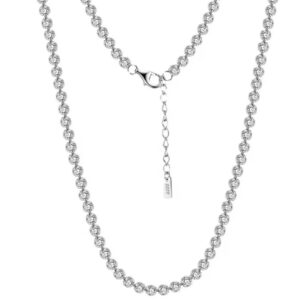 Tennis Necklace - Silver Jewelry
Tennis Necklace - Silver Jewelry 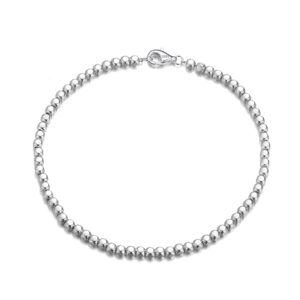 Bead Bracelet
Bead Bracelet 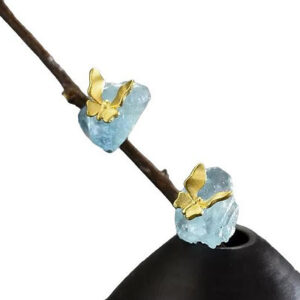 Aqua Princess Earrings - Silver Jewelry
Aqua Princess Earrings - Silver Jewelry 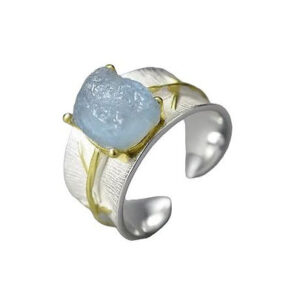 Aqua Princess Ring - Silver Jewelry
Aqua Princess Ring - Silver Jewelry 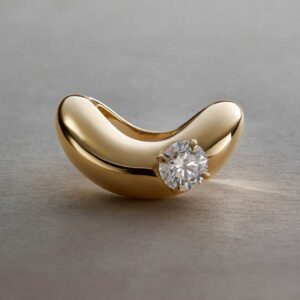 Marya (purity) ring - Silver Jewelry
Marya (purity) ring - Silver Jewelry 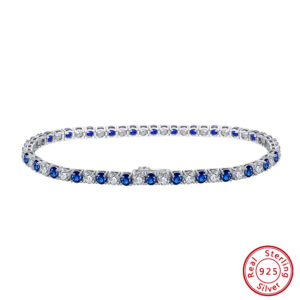 Tennis Sapphire Bracelet
Tennis Sapphire Bracelet 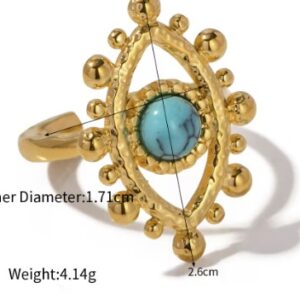 Pearl Eye Ring - Gold Plated Jewelry
Pearl Eye Ring - Gold Plated Jewelry 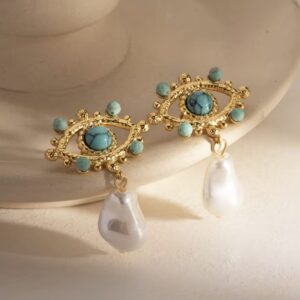 Pearl Eye Earring - Stainless Steel Jewelry
Pearl Eye Earring - Stainless Steel Jewelry 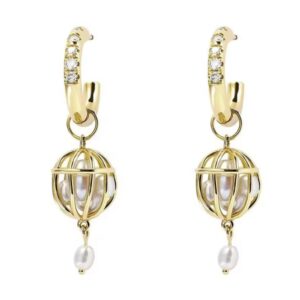 Zona (dawn) earrings - Silver Jewelry
Zona (dawn) earrings - Silver Jewelry  Gooseberry Dangle Earrings - Silver Jewelry
Gooseberry Dangle Earrings - Silver Jewelry